Osteoporosis is often called the “silent disease” because bone loss happens without any noticeable symptoms until it’s too late. This chronic condition turns healthy bone tissue into bone that is porous and fragile, dramatically increasing the risk of serious fractures.
This World Osteoporosis Day, we focus on a stark reality: women are disproportionately affected. Globally, approximately one in three women will experience a fracture caused by osteoporosis, compared to one in five men. In fact, about one in two women over the age of 50 will break a bone because of it.
For women, the lifetime risk of breaking a hip is similar to the combined risk of breast, uterine, and ovarian cancer. These fractures – especially of the hip, spine, and wrist – have a massive impact on quality of life, leading to pain, disability, and increased mortality.
Understanding Your Risk: The Factors You Can and Cannot Change
The risk of developing osteoporosis and fragility fractures is determined by a combination of factors. Some factors we can change (like diet and exercise), while others are non-modifiable.
Non-Modifiable Risk Factors (The things we track closely):
Family History: Genetics play a considerable influence on an individual’s peak bone mass (the strongest bones you achieve). If you have a family history of osteoporosis and fractures, your risk is higher. Specifically, maternal hip fractures are a significant risk factor for women.
Previous Fractures: A prior fragility fracture (one resulting from minor trauma) at any site doubles the risk for a future fracture.
Underlying Health Conditions: Certain systemic diseases can affect bone health, including rheumatoid arthritis and diseases of malabsorption (where your body struggles to absorb key nutrients).
Medications: Many prescription drugs can increase the risk of bone health issues. Patients taking medications such as glucocorticosteroids, certain immunosuppressants, aromatase inhibitors, lithium, antacids, or proton pump inhibitors should consult with their doctor about their bone health risk. Notably, glucocorticoid treatment is the most common cause of drug-induced osteoporosis, causing rapid bone loss, often in the first 6 months of treatment.
Early Menopause: Experiencing premature menopause (before age 40) or early menopause (between ages 40–45 years) significantly increases risk.
The Menopause Factor: Why Our Bones Need Extra Care
The single biggest risk factor for bone loss in midlife women is menopause. Before menopause, the hormone estrogen acts like a shield, regulating the constant cycle of bone breakdown and formation, keeping the two processes balanced.
When menopause occurs, estrogen levels drop sharply. This sudden lack of estrogen accelerates bone loss rapidly, leading to a decline in bone mass because the rate of breakdown starts to exceed formation. During the seven years around menopause, some women can lose up to 20% of their bone density.
Since osteoporosis is an incurable, lifelong disease, protecting yourself requires a lifelong strategy focused on fracture prevention.
Your Action Plan: Building a Bone-Friendly Lifestyle
Since osteoporosis is an incurable, lifelong disease, fracture protection must be maximised through ongoing preventative action, regardless of your current risk status.
1. Professional Assessment and Risk Calculation
- Talk to Your Healthcare Provider: Menopause is a critical point in a woman’s lifetime to discuss bone health with her primary care provider.
- Know Your Score: Doctors should utilise fracture risk assessment calculators, such as FRAX®, which uses a combination of clinical risk factors and bone mineral density (BMD) scores, to identify individuals who are at an increased risk of fracturing in the near future. FRAX calculates the 10-year probability of hip fracture or a major osteoporotic fracture (MOF).
2. Mastering Your Nutrition: The Building Blocks
Getting enough key nutrients is essential for preventing and managing bone loss.
- Calcium: The Skeleton’s Core – Calcium is the primary building block of your bones. Because our ability to absorb calcium decreases as we age (especially after 50), women over 50 need higher daily amounts. Experts recommend aiming for at least 1000 mg to 1200 mg of calcium daily. While diet should be your main source, supplements may be helpful if your dietary intake is low. Calcium supplements should however be limited to 500–600 mg per day.
- Vitamin D: The Absorption Key – Vitamin D is crucial because it helps your body regulate calcium levels and absorb it properly. It also improves muscle performance and balance, which helps reduce the risk of falls. Most guidelines suggest an intake of 1000 to 2000 IU of Vitamin D3 daily to maintain healthy levels (above 30 ng/mL).
- Protein: Supporting Muscle and Bone – Adequate protein intake is vital, particularly after middle age when we naturally start losing lean muscle mass. Studies show that getting enough protein can support bone mineral density (BMD), especially when paired with enough calcium. In addition participants with the highest protein intake lost 40% less lean mass (than low protein intake). Maintaining strong muscle mass is key to preventing falls.
3. Moving Smart: Exercise for Strength and Stability
Regular physical activity, particularly strength training, is a core strategy. While exercise may not dramatically increase the amount of bone mass you have, it significantly helps in managing established osteoporosis by:
- Maintaining Bone Strength: Lifelong physical activity is recommended.
- Building Muscle and Balance: Focusing on weight-bearing exercise and muscle strengthening improves strength, stability, and posture. Don’t forget to programme for balance, gait, coordination, and hip and trunk stabilisation also, rather than general aerobic fitness.
- Fall Prevention: For later in life, counseling on reducing fall risks is an essential part of bone health management.
4. Smart Lifestyle Choices:
- Quit Smoking: Smoking is linked to lower bone density, earlier menopause, and an estimated 30% increase in fracture risk.
- Moderate Alcohol: Women should limit alcohol intake to no more than two units daily, as heavy long-term use increases fall and fracture risk.
- Maintain Healthy Weight: Having a low Body Mass Index (BMI) below 21 kg/m² or weighing under 127 lbs puts women at a greater risk for low BMD and fractures.
5. Treatment and Adherence (For High-Risk Individuals)
For patients identified as being at high risk, medication (drug therapies) may be required.
- Common Therapies: The most commonly available drug therapies for the treatment of osteoporosis and prevention of fractures include bisphosphonates, denosumab, raloxifene, and teriparatide. (Strontium is also an available therapy, but its use has been discouraged or discontinued in many regions due to heightened risks.)
- Safety vs. Risk: Overall, the common medically approved therapies have been shown to be safe and effective. As with all medication, it is important to be aware of any adverse effects and patients and doctors should review the risk of stopping treatment versus serious side effects, (which tend to be rare).
- Adherence is Key: It has been cited that up to half of osteoporosis sufferers stop their treatment after only one year. Patients must adhere to their treatment plans to benefit from larger increases in Bone Mineral Density (BMD), lose less bone mass, and reduce their fracture risk.
Your Strong Foundation Starts Here: LØUCO Perform
Taking proactive steps toward optimal bone health is the best way to secure your independence and vitality as you age. This includes ensuring your daily intake of muscle- and bone-supporting nutrients is consistently met.
LØUCO Perform is designed to support women pursuing peak physical and bone health by delivering carefully researched key ingredients for women’s health:
- 20g of Organic Plant-Based Protein – to support your increased protein requirements and the retention of lean muscle mass, crucial for stability and reducing fall risk.
-
Vitamin D3 and Calcium – the critical micronutrients necessary for maintaining bone structure, muscle and supporting optimal calcium absorption.
Creatine – Offers advanced muscle support, enhancing strength performance and balance – essential factors in preventing fragility fractures. - Iron, B6, B12, High Fibre, and CoQ10 – to support overall well-being, immunity, energy levels, and metabolic health, complementing a bone-friendly lifestyle.
Prioritising your bone health is an investment in your long-term independence and quality of life. Take the time today to ensure you are building the strongest possible foundation for years to come.

Written by: Rachel Prince | Co-Founder & Women's Fitness and Pelvic Health Coach

Sources Consulted:
1. Akbar, A., Zaheer, A., Kharal, M. M., et al. (2025). Evolving strategies for osteoporosis management in postmenopausal women: From tradition to innovation. Medicine, 104(7), e41605.
2. de Villiers, T. J. (2024). Bone health and menopause: Osteoporosis prevention and treatment. Best Practice & Research Clinical Endocrinology & Metabolism, 38(1), 101782.
3. Hooven, F. H., Adachi, J. D., Adami, S., et al. (2009). The Global Longitudinal Study of Osteoporosis in Women (GLOW): rationale and study design. Osteoporosis International, 20, 1107–1116.
4. International Osteoporosis Foundation (IOF). (2013). Bone Care for the Postmenopausal Woman Fact Sheet. World Osteoporosis Day.
5. Keen, M. U., Barnett, M. J., & Anastasopoulou, C. (2025). Osteoporosis in Females. StatPearls Publishing. (Retrieved from NCBI Bookshelf).
6. Stevenson, J. (2023). Prevention and treatment of osteoporosis in women. British Menopause Society Consensus Statement / Post Reproductive Health.
7. The Bone Health and Osteoporosis Foundation (BHOF). (2025). What Women Need to Know. Retrieved from: https://www.bonehealthandosteoporosis.org/preventing-fractures/general-facts/what-women-need-to-know


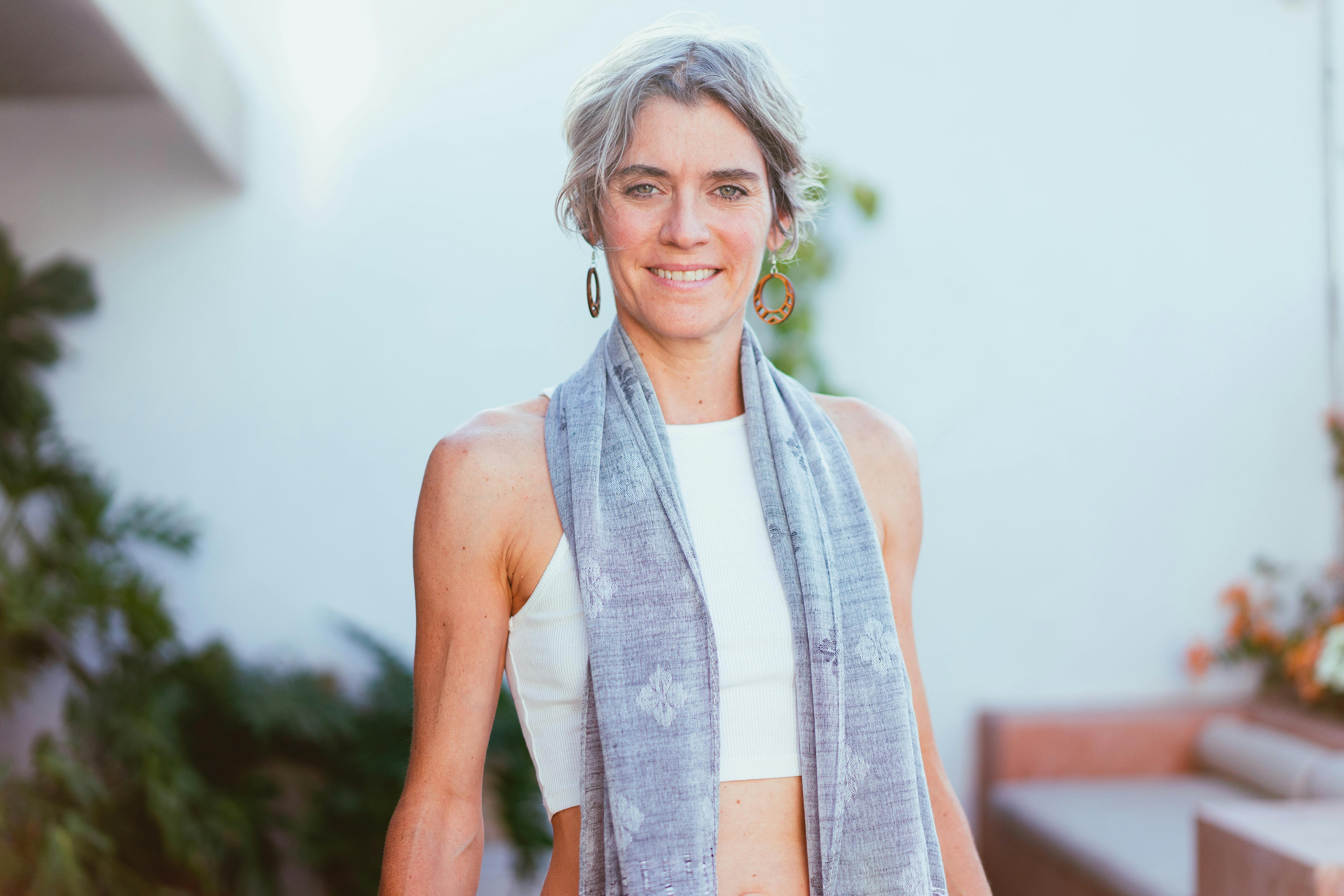
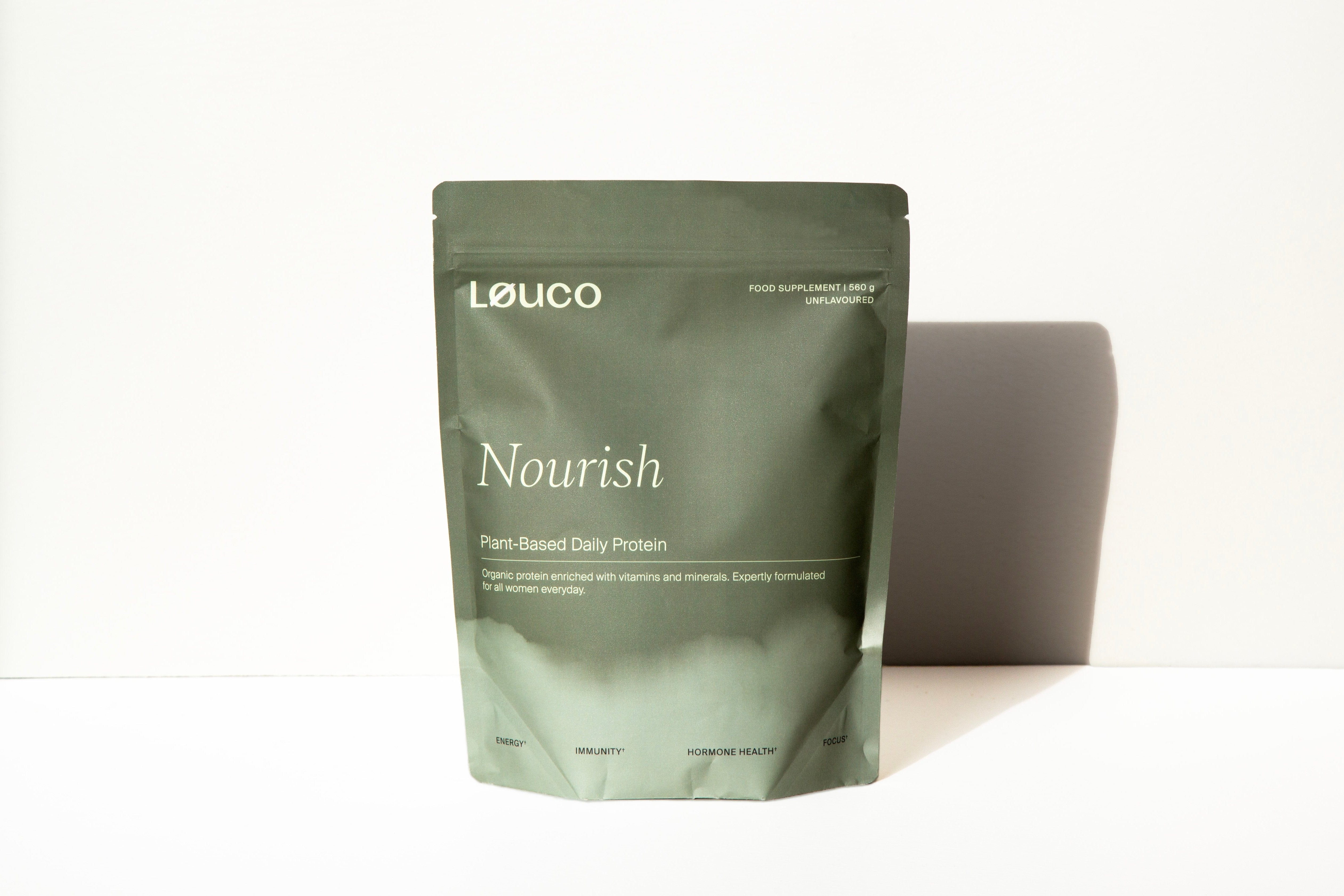
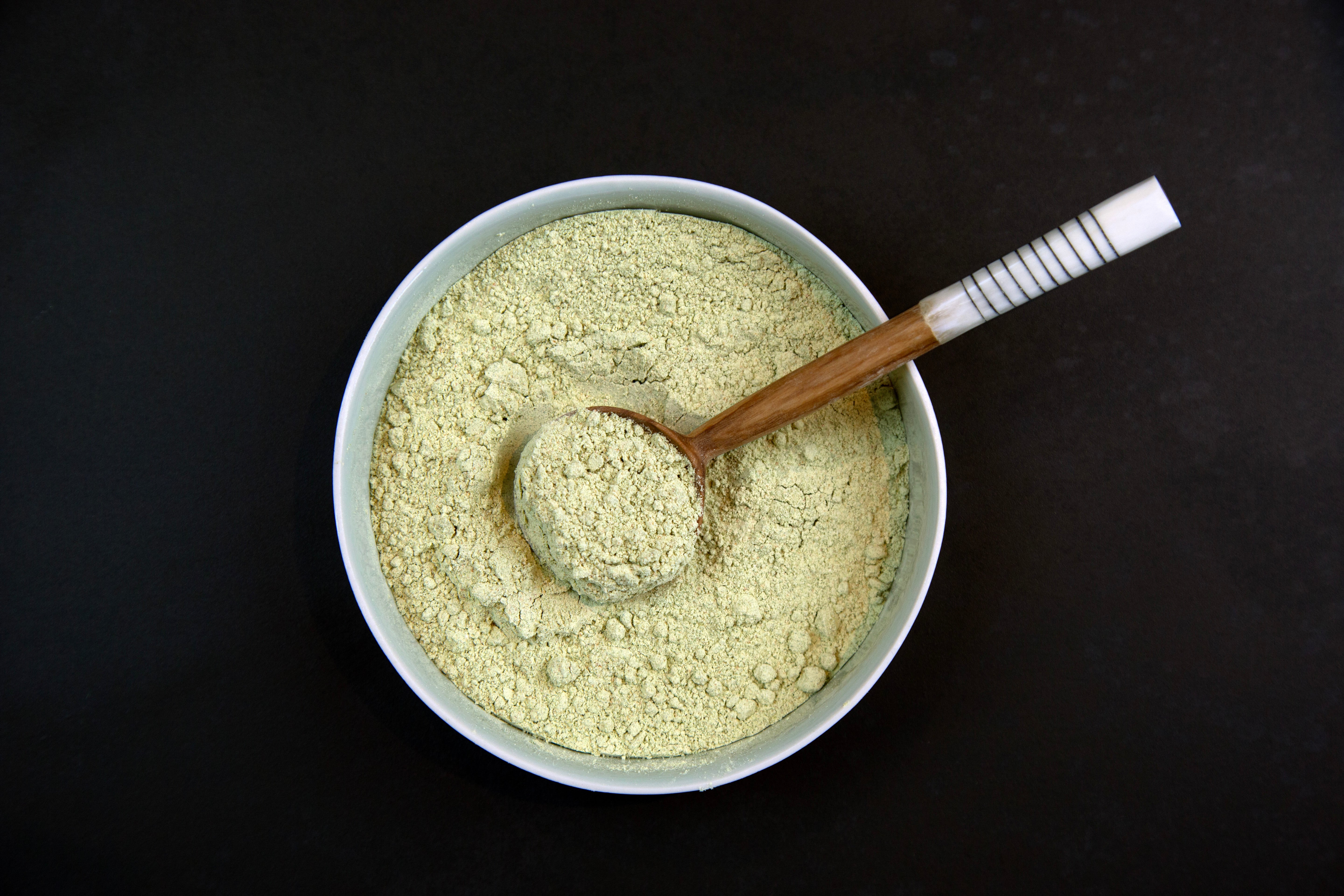
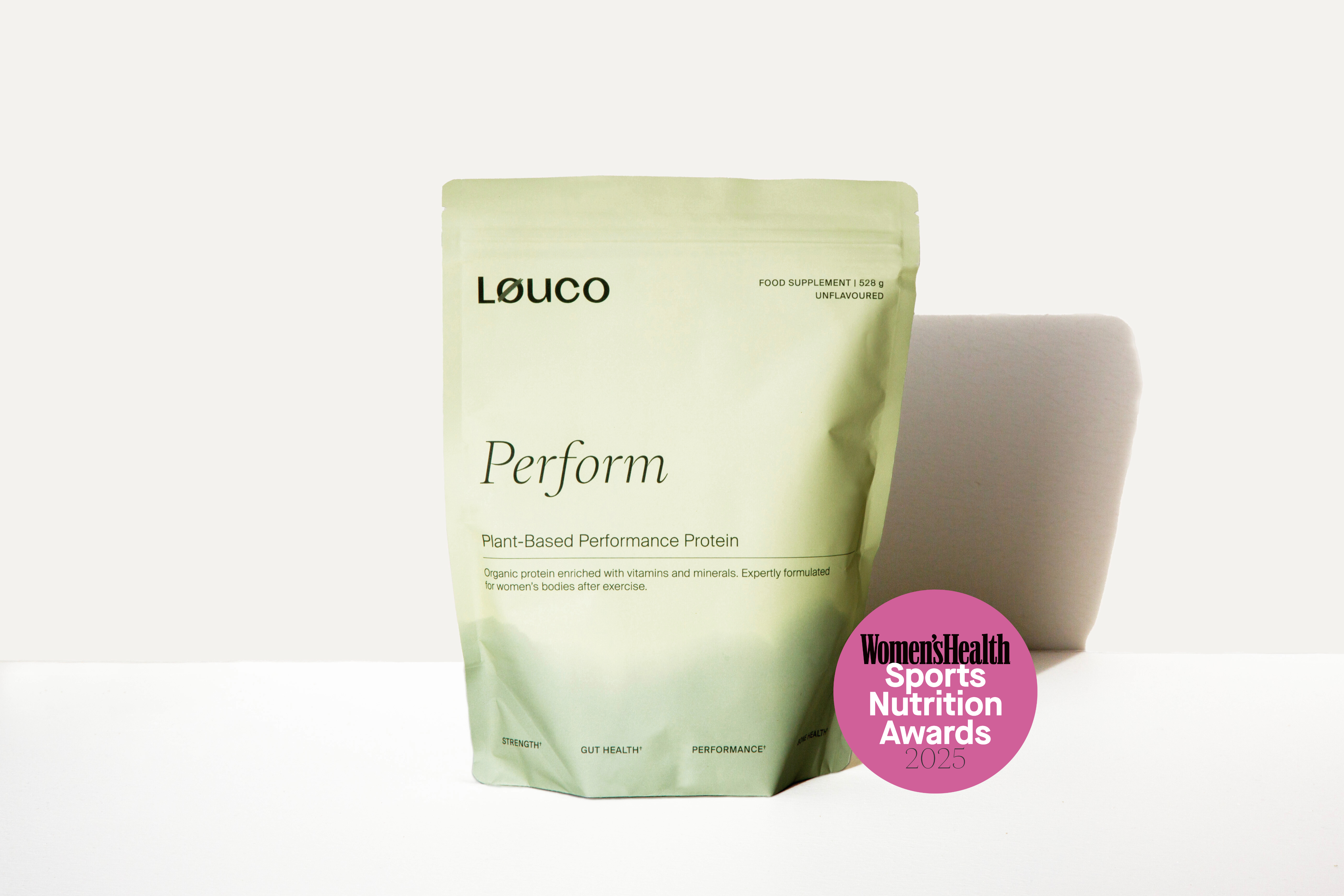
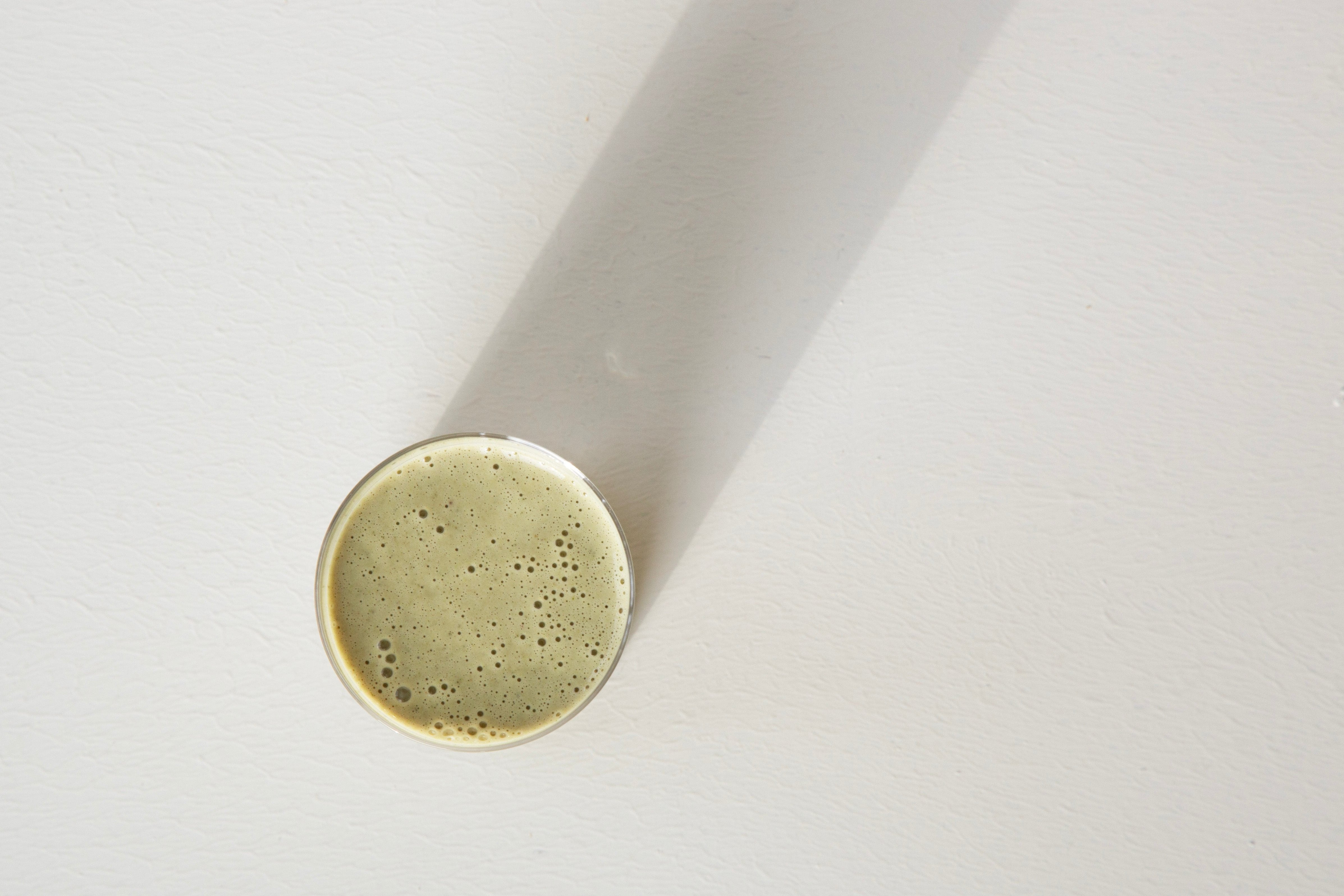
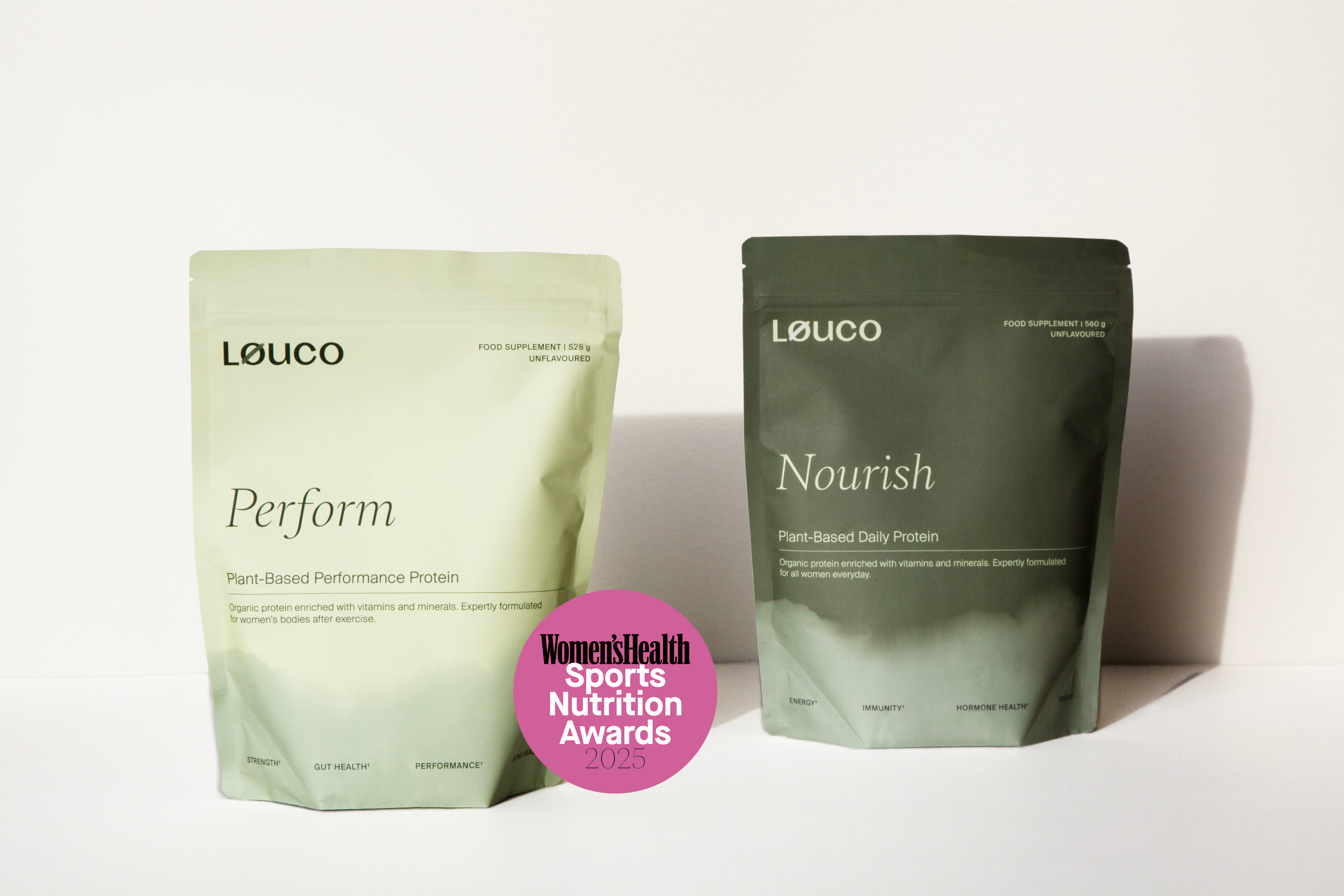
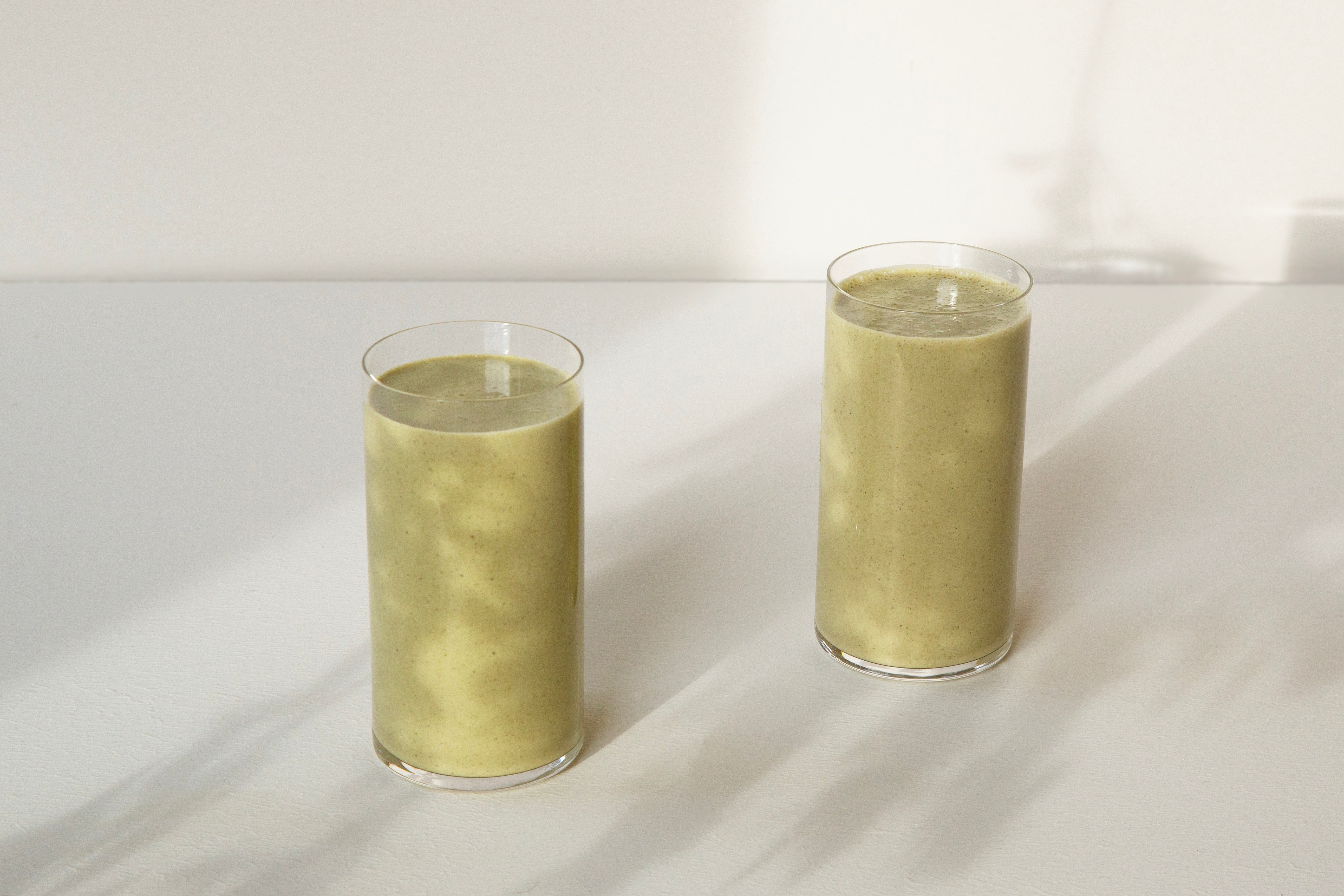

Leave a comment